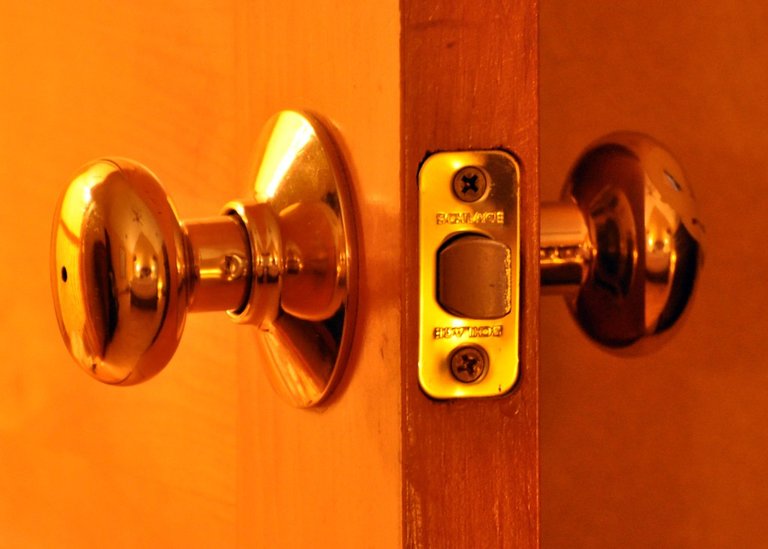Does Brass Have Antimicrobial Properties?
I have noticed something and I do not know if you have also noticed the same thing that Museums, Old Churches, Long-time established schools, and Hospitals use brass doors, and brass railings. While I usually thought that it was the classy thing during the 90s and some people still see it as classy, a lot of people think that it has antibacterial properties. So for this post, we will be looking at brass doors and their antibacterial properties.
What is brass?
Alloys are metals made up of two or more metals to help achieve properties that could not be achieved by the individual metals and Brass is an alloy made from the combination of copper and zinc. You must have seen brass in two different colors the yellowish one which is soft and the more reddish one which is harder. This is thanks to the proportion of the metals added together to form the alloy.
For years, this metal has been adored for its beauty and resistance to corrosion and to answer my statement at the beginning, it can kill bacteria on contact. They do this via what is known as the Oligodynamic effect.
Certain metals like copper, silver, brass, and bronze possess antimicrobial properties. For brass, when microorganisms come in contact with brass surfaces, the copper ion in the alloy interferes with the cell membrane of the microbe preventing its reproduction and finally its death which means the risk of disease transmission is reduced.
A lot of studies have been performed with lots of different results with one having the ability to kill E.coli in about an hour, and also kill MRSA. Before the discovery of antibiotics, people had been using brass and it was the time were architecture and health came together without knowing.
Today, we use stainless steel, aluminum, and plastic for door handles and other home designs since they are cheaper than brass. Stainless steel doesn't corrode and it is stylish but it harbors microbes. We currently do not use brass because it is quite expensive and it is seen as not sleek or attractive in modern design.
People have this belief that something looking clean means it is germ-free free but this is not true as science has proven otherwise. So is there a possibility of us going back to using brass? Yes, but we will have to consider other factors aside from its ability to destroy microbes.
You Can Read Further
https://copper.org/applications/marine/cuni/properties/antimicrobial/
https://www.nature.com/articles/s41598-022-25122-4
https://www.mdpi.com/2076-2607/12/7/1393
https://pmc.ncbi.nlm.nih.gov/articles/PMC7999369/


I will definitely be reading further on this.
Thanks for your contribution to the STEMsocial community. Feel free to join us on discord to get to know the rest of us!
Please consider delegating to the @stemsocial account (85% of the curation rewards are returned).
Thanks for including @stemsocial as a beneficiary of this post and your support for promoting science and education on Hive.